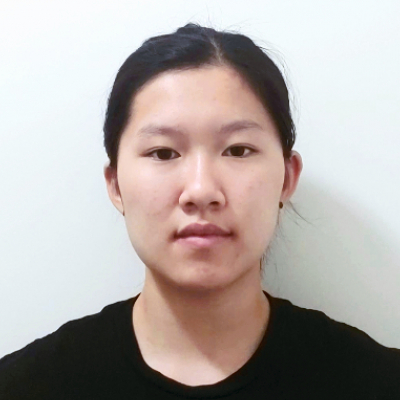Below is a summary of the abstract you submitted. Presenting author(s) is shown in bold.
If any changes need to be made, you can modify the abstract or change the authors.
You can also download a .docx version of this abstract.
If there are any problems, please email Dan at dar78@pitt.edu and he'll take care of them!
This abstract was last modified on March 17, 2024 at 8:50 p.m..

The novel bacteriophage GoblinVoyage was isolated from soil samples collected from Golansville, Virginia with *Streptomyces scabiei RL-34 used as the isolation host. Imaging via transmission electron microscopy was performed, revealing a phage with a capsid 59 nm in diameter and a flexible, non-contractile tail 261 nm in length, suggesting a siphoviral morphotype. Host range testing found GoblinVoyage was able to infect S. mirabilis with an EOP of 0.81 and unable to infect S. griseus. A lack of mesa formation during lysogeny testing suggested a lytic life cycle, indicating its potential as a virulent phage. Gel electrophoresis analysis was used to estimate the genome size of the phage, which was subsequently corroborated by Illumina sequencing conducted at the Pittsburgh Bacteriophage Institute which revealed a genome length of 43,540 base pairs with 3' sticky overhangs of 9 bases (sequence: CGCCGCCCT), a GC content of 60.9%, and BI2 cluster identification. Gene annotation by students at the University of Maryland, Baltimore County, was completed using DNA Master and manually refined using GeneMark.hmm and sequence homology to previously published genes using Blastp. 59 protein coding genes were identified in the genome which, interestingly, are all transcribed in the same direction. No tRNAs were identified through analysis by tRNAscan-SE or ARAGORN. BlastP, structural homology using HHpred, and synteny using Phamerator allowed functions to be assigned to 27 genes, leaving 38 putative protein-coding genes with unknown functions. Our ongoing investigation aims to elucidate the genetic properties of GoblinVoyage and compare the evolutionary history of GoblinVoyage and its conserved domains with other Streptomyces phages.





